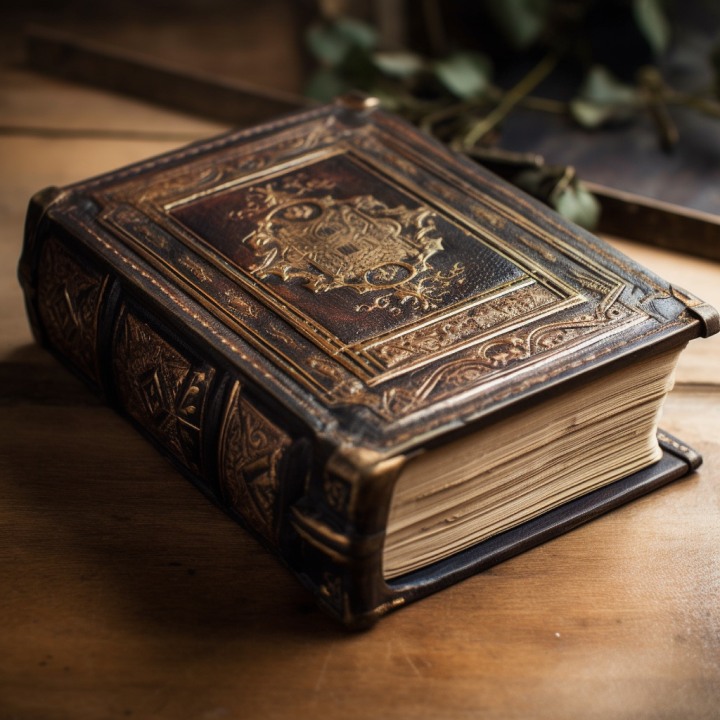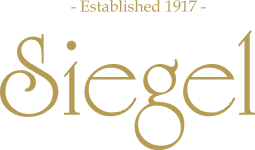For over 100 years, Siegel Leather has quietly served a discerning global clientele with premium, specialty Bookbinding leather.
A Legacy of Excellence

Our leathers have found their way into the hands, and onto the shelves, of the world’s most discerning leaders, institutions, and craftspeople.
From premium bookbinding leather to skins engineered to emulate human tissue for surgical equipment testing and even saddlery leathers that once adorned the personal saddles of Nancy Reagan and George H. W. Bush, our collection offers an unparalleled blend of purpose, versatility, and refinement.
Rooted in our history is a passion for excellence delivered with utmost integrity.
At Siegel, every grain is more than a replication of heritage, it is a resurrection, anchored in history, executed with exactitude, and backed by over a century of excellent craftsmanship. We are global suppliers of specialty leathers. We specialize in reviving lost leathers, those no longer commercially available, yet once prized by craftsmen centuries ago. This work is exacting and rare. We source the right raw material from remote corners of the world to recreate historic finishes with precision. We develop leathers no one else can.
We are global suppliers of specialty leathers. Our skins are true aniline, completely unpigmented with exceptional natural grain. We never mask imperfections or mechanically manipulate the surface. No boarding, glazing, or embossing. Just purity and integrity, preserving the grain-corium interface as nature intended.
Our leathers are lab-tested for purity; certified metal-free, 100% vegetable tanned, and free from harmful residues. And we do not source skins from India, in alignment with standards observed by institutions like HM Royal Stationer’s Office of the early 20th century


Bookbinding Leather, as It Is Meant to Be
At Siegel Leather, bookbinding is not just a craft, it is a discipline we serve with purpose.
Unlike general-purpose leather, our leathers are created specifically for bookbinding, following the traditions and chemistry once standard in the world’s finest binderies. What sets them apart is not just their finish or feel, but their structure, grain integrity, and the way they age; gracefully and with dignity.
This is leather made for generations, not seasons.
From the very beginning, our goal has been to revive and supply historic leathers that are now nearly impossible to find. We develop skins that were once commonplace in binderies over a century ago, and each recreated through painstaking research, proprietary processes, and material sourcing that spans the globe.
These aren’t just beautiful leathers, they’re accurate, performant, and proven.
Why Our Leathers Are Different
- Leathers Fit For Purpose: Our leathers are tanned, dyed, and finished with binding in mind. Meaning they’re strong where they need to be, and supple where they must be.
- They are true aniline: We don’t mask imperfections with pigments. We start with exceptional skins and treat them minimally, preserving the grain and fiber integrity essential for long-lasting, elegant bindings.
- They are historically accurate: Whether it’s SF Calf with chemistry true to pre-1830 recipes, or Genuine Levant grain revived from early 20th-century masterworks, we offer materials that meet the most exacting standards of restoration professionals and elite private presses.
A Sampling of Our Bookbinding Leathers
Our leathers are premium, well presented, and perfect for practical use cases for modern and heritage binding work. Specialty leathers we produce include:
- SF Calf – Historically accurate, supple, and ideal for gold tooling, tree calf work, and albumen finishing.
- Genuine Levant – A crushed grain goatskin prized for its rich texture and deep color.
- Sokoto™ Goatskin – The legendary leather preferred by Douglas Cockerell, celebrated for its tight grain and resilience.
- Conservation Calf – Made for the world’s leading libraries and institutions, with chemistry and strength tuned for archival needs.
The Siegel Advantage
We’ve supplied bookbinding leather to the Harvard Library System, the Smithsonian, and private presses of worldwide repute. Every skin we offer has been developed in response to the needs of binders, not fashion houses, not upholstery firms. We test our leathers. We know their provenance. And we know how they perform; on the bench, in the press, and on the shelf a century later.
This is leather you can trust, because those who know already do.
Want to know which leather best fits your work?
Contact us for a personal consultation, or explore our blog for in-depth insights from the world of fine bookbinding.

